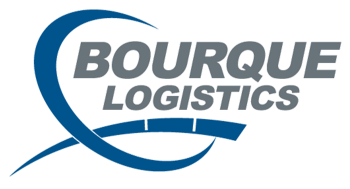With freight regulations and railroad costs fluctuating, having a system in place which calculates these can ease your company’s mind. This will simplify your daily operations and keep you moving quickly.
- ERP Freight Cost Integration. Eliminate manual and duplicate entry of transactions by system integration for on-demand freight quotations and expected freight costs at the time of actual shipment.
- Multiple Rate Structures. Support a variety of rate structures including point-to-point, mileage-based, capacity-based, and matrix rate structures. Optimize rates based on shipment conditions such as commodity, equipment type/owner, and customer.
- Assessorials. Accurately manage complex assessorials associated switches, cleaning, taxes.
- Fuel Surcharges. Accurately calculate railroad fuel surcharges specific to different railroad matrices indexed to market fuel prices.
- Rule 11. Easily manage complex Rule 11 rates, accurately allocating freight charges to the appropriate carrier.
- Freight Cost Analysis. Robust reporting on rates, accruals, and granular freight spend by agreement, carrier, location, commodity, and customer.
- What-If Analysis. On-demand rate and route analysis to ensure use of the most cost-effective shipping lanes and volume commitments.
- Robust Contract Management. Easily maintain tariffs and contracts for any additions, rate changes, escalations.
- Tariff Integration. Integration with railroads for tariff pricing.

